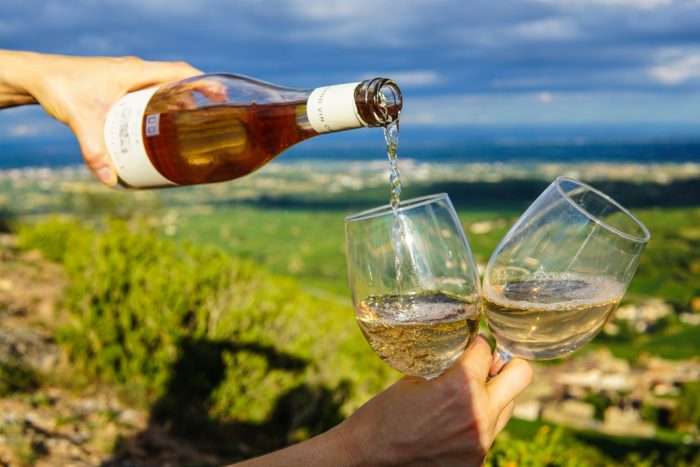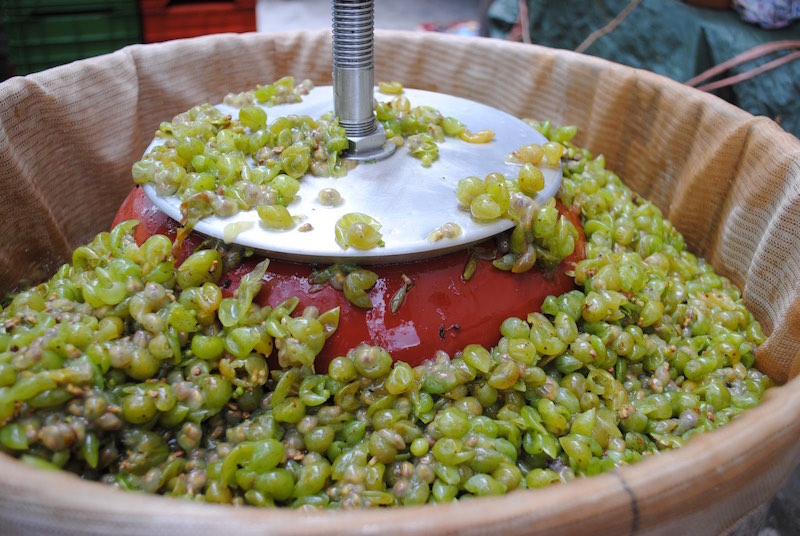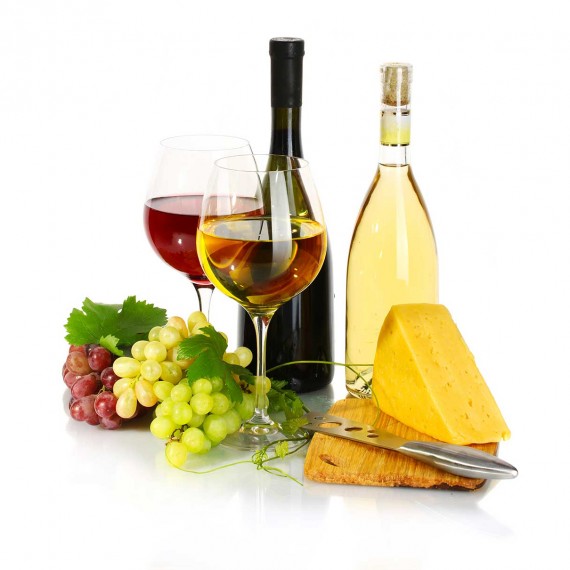The process of wine-making has been around for thousands of years. The process is slow which requires minimum human intervention. However, each vineyard’s owner guides the process carefully with a little change here and there for the unique taste of wine from their own vineyard. There are five basic steps in the process of wine-making.
- Harvesting- This is the first and the most important step for deciding the taste of the wine. Grapes are the only fruits that can be used to make stable wine as they are the only ones with the necessary acids, tannins and esters. The acidity, sweetness and the flavor of the wine can be understood once the grapes are picked for the next process. The determination of the harvest time requires science, a bit of experience and a little of old-fashioned tasting.
- Crushing and Pressing- After harvesting, the grapes are then sorted and separated for the next stop of de-stemming and crushing. Initially this was done manually by men and women stomping in huge bowl of grapes, but now-a-days with advent of technology the process of crushing mechanically. The after-math of the pressed grapes is called the Must- a fresh grape juice with the skins, seeds and the solids. The mechanical pressing of grapes has brought a new side of sanitations and speed to the wine industry.
- Fermentation- Alcohol is integrated into the must in this stage. The must with the help of wild yeasts in the air ferment within 6-12 hours. However, wine makers have started to add commercially cultured yeast to ensure positive results or the desired results. This process continues until all the sugar in the must is converted in to alcohol. From this the dry wine is produced. This process can last from 10 days to one month or more.

- Clarification- This is the process in which the solids in the must such as the dead yeast cells, tannins and proteins are removed and the wine is transferred into a different vessel which is usually an oak barrel or a stainless steel tank. The wine is then clarified through fining or filtration. Fining is done when substances are added to the wine to clarify it.
-
Aging and bottling- This the final stage of the wine making process. At this stage, the ine can either be bottled right away and sold or can be left for further aging. Further aging can be done in bottles, stainless steel tanks or oak barrels. However the aging of wine in oak barrels is preferred as it will produce smoother, rounder and richer flavored wine. Exposing of the wine to oxygen will also reduce the tannin and help reach its optimal level of fruitiness.




